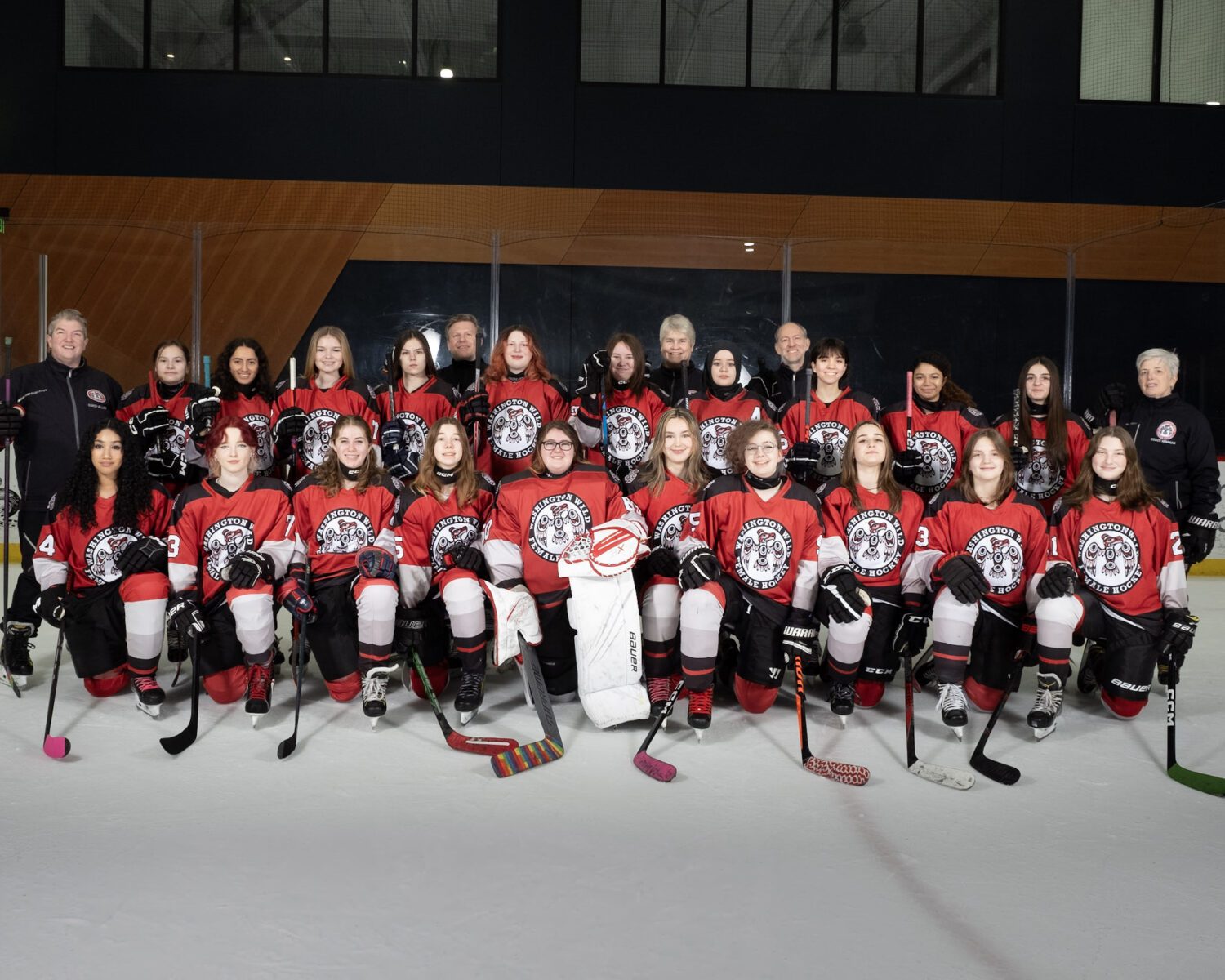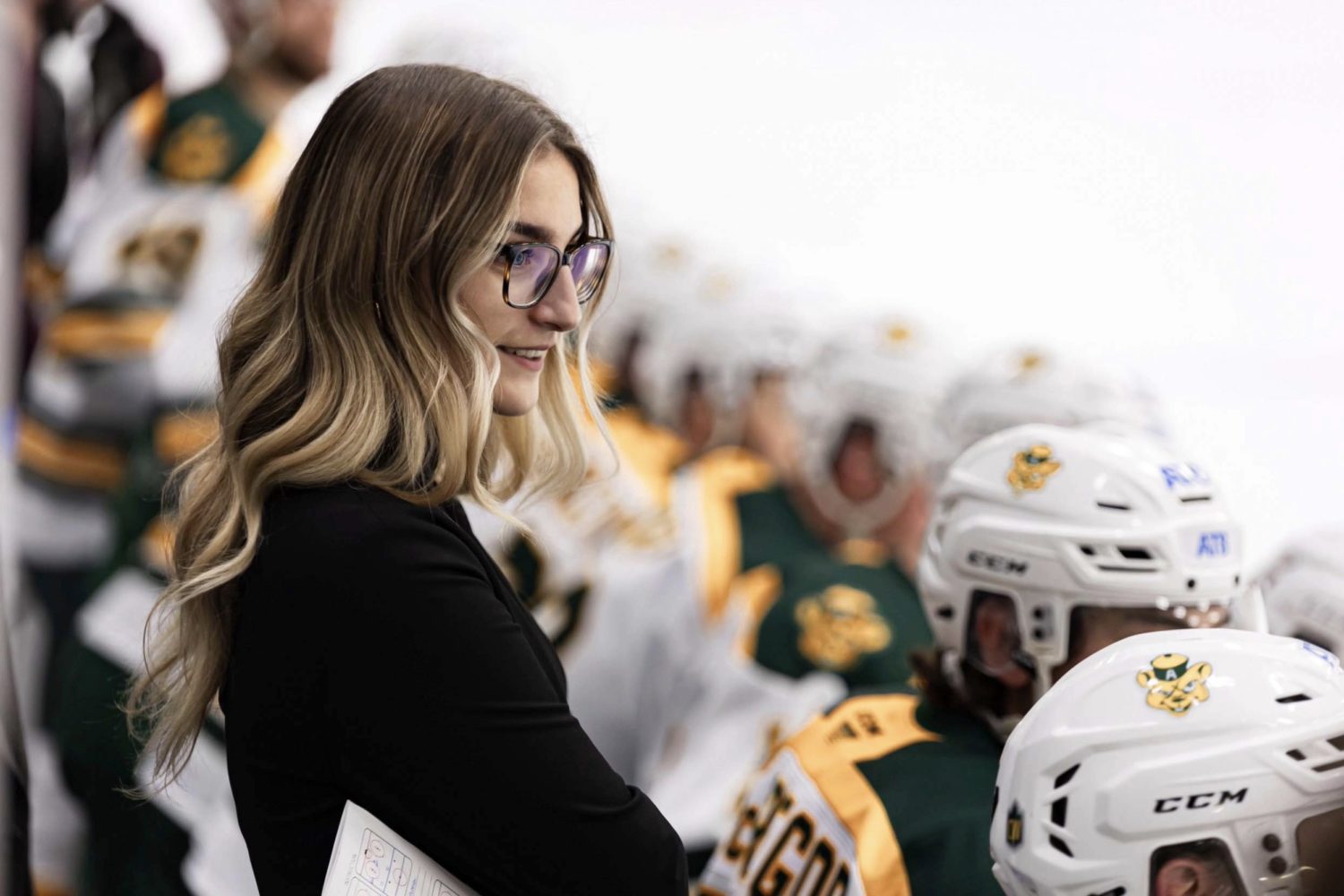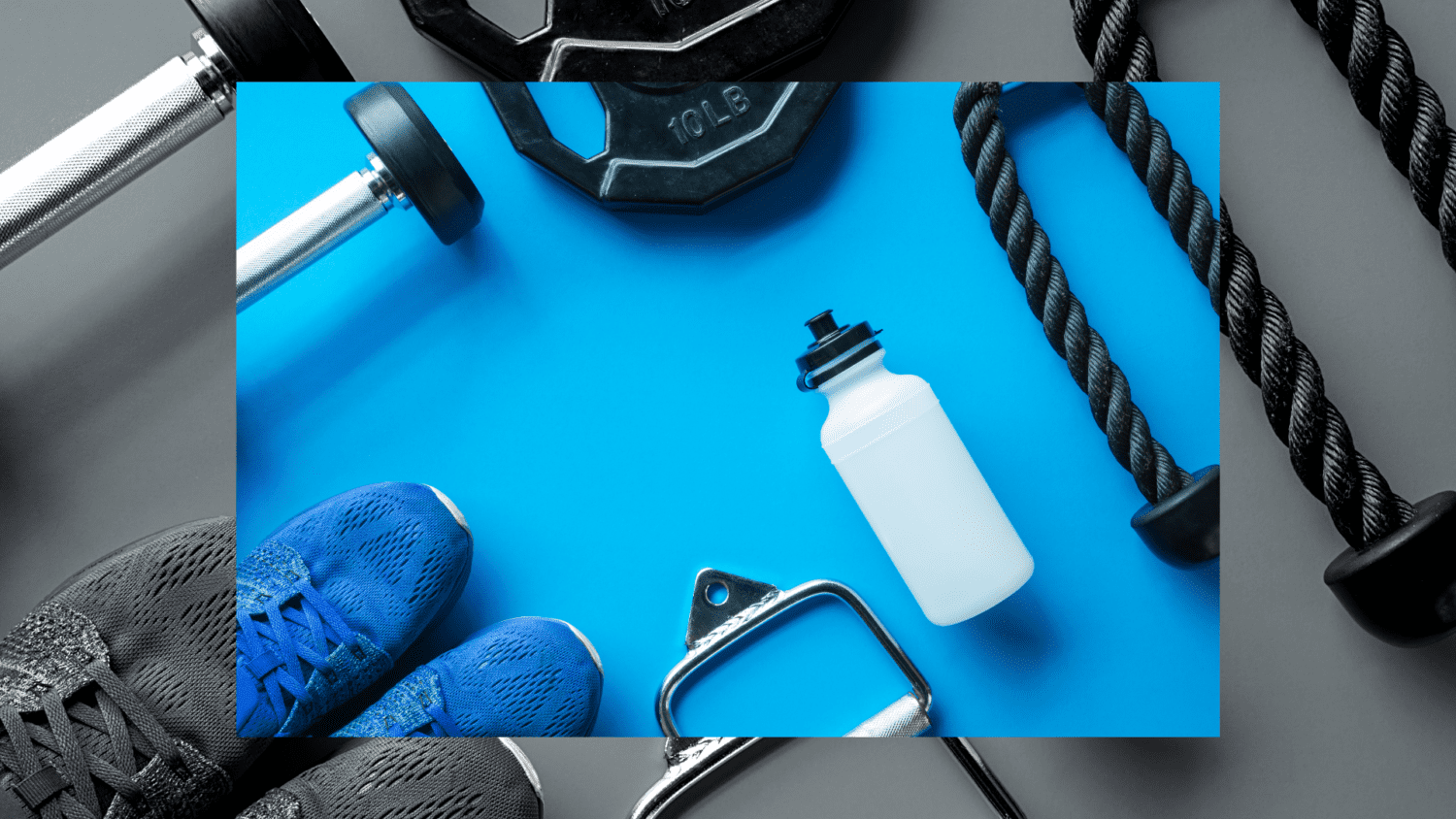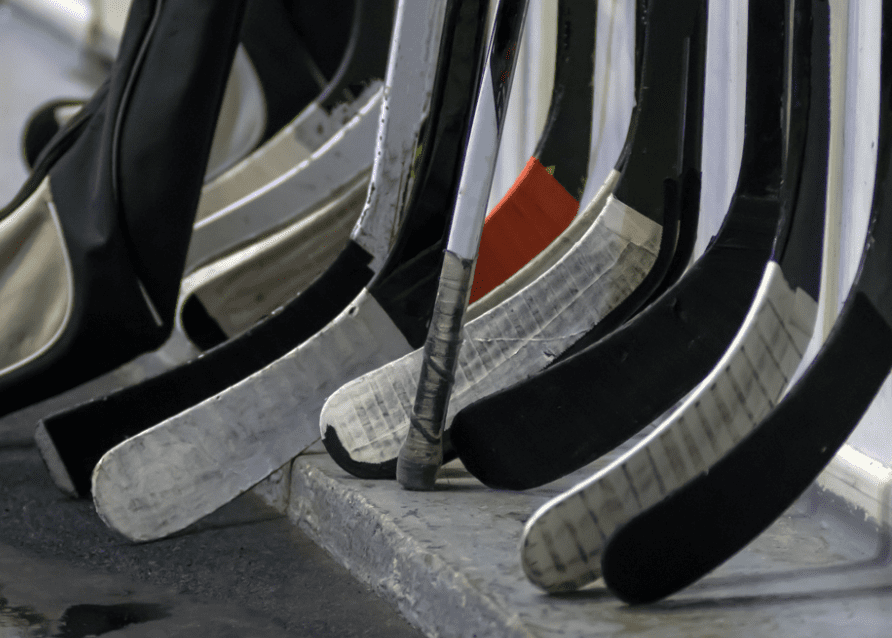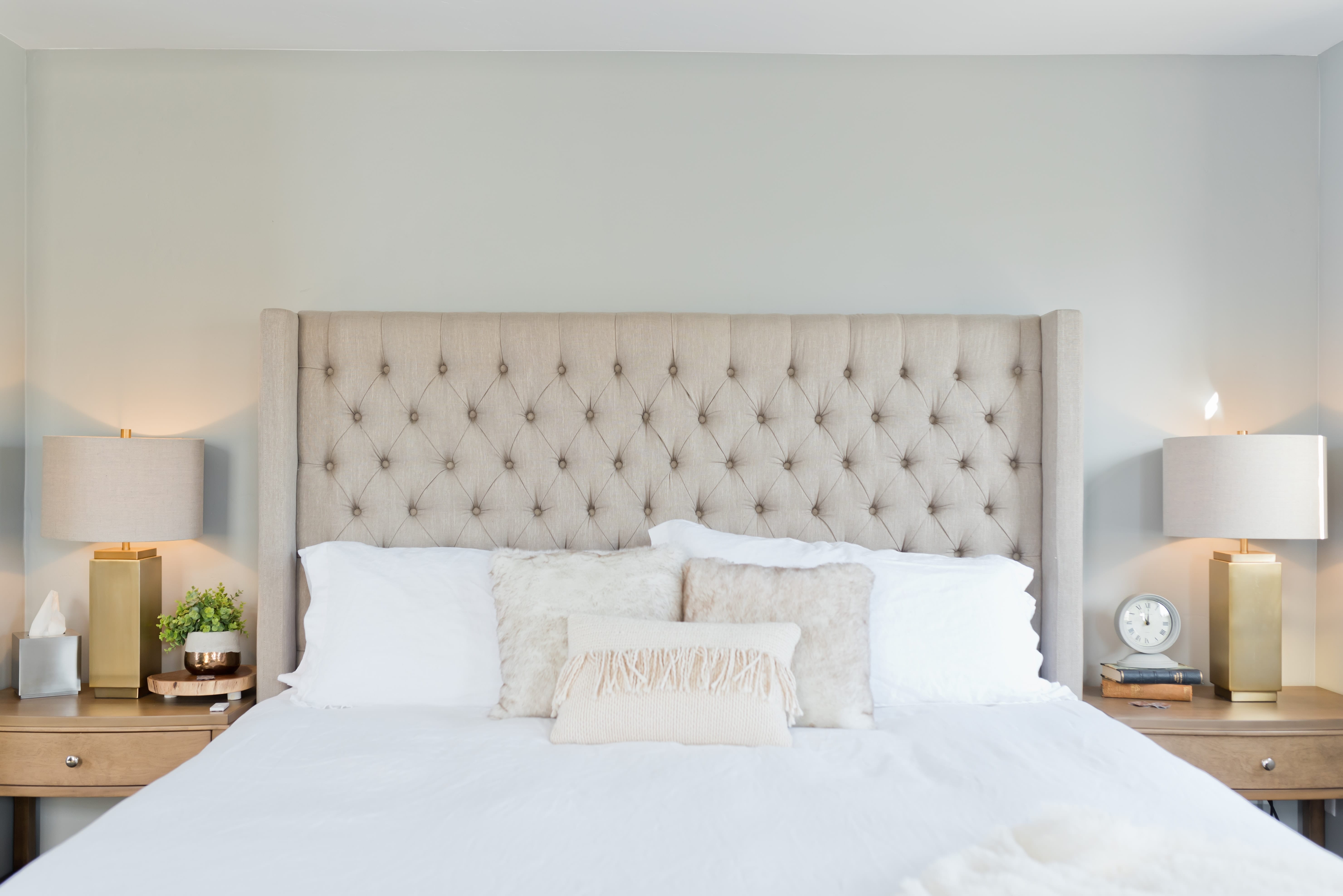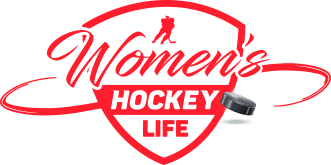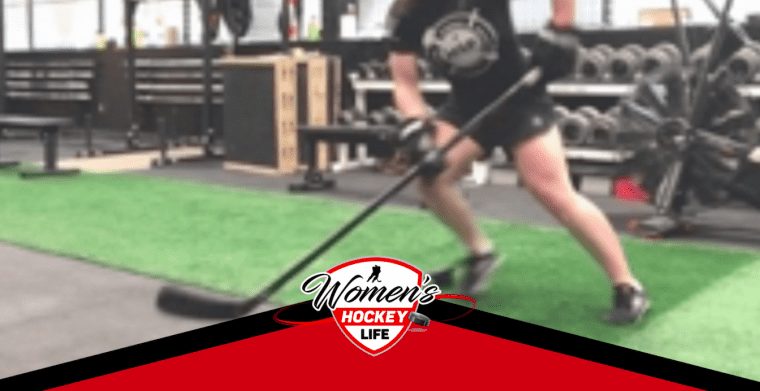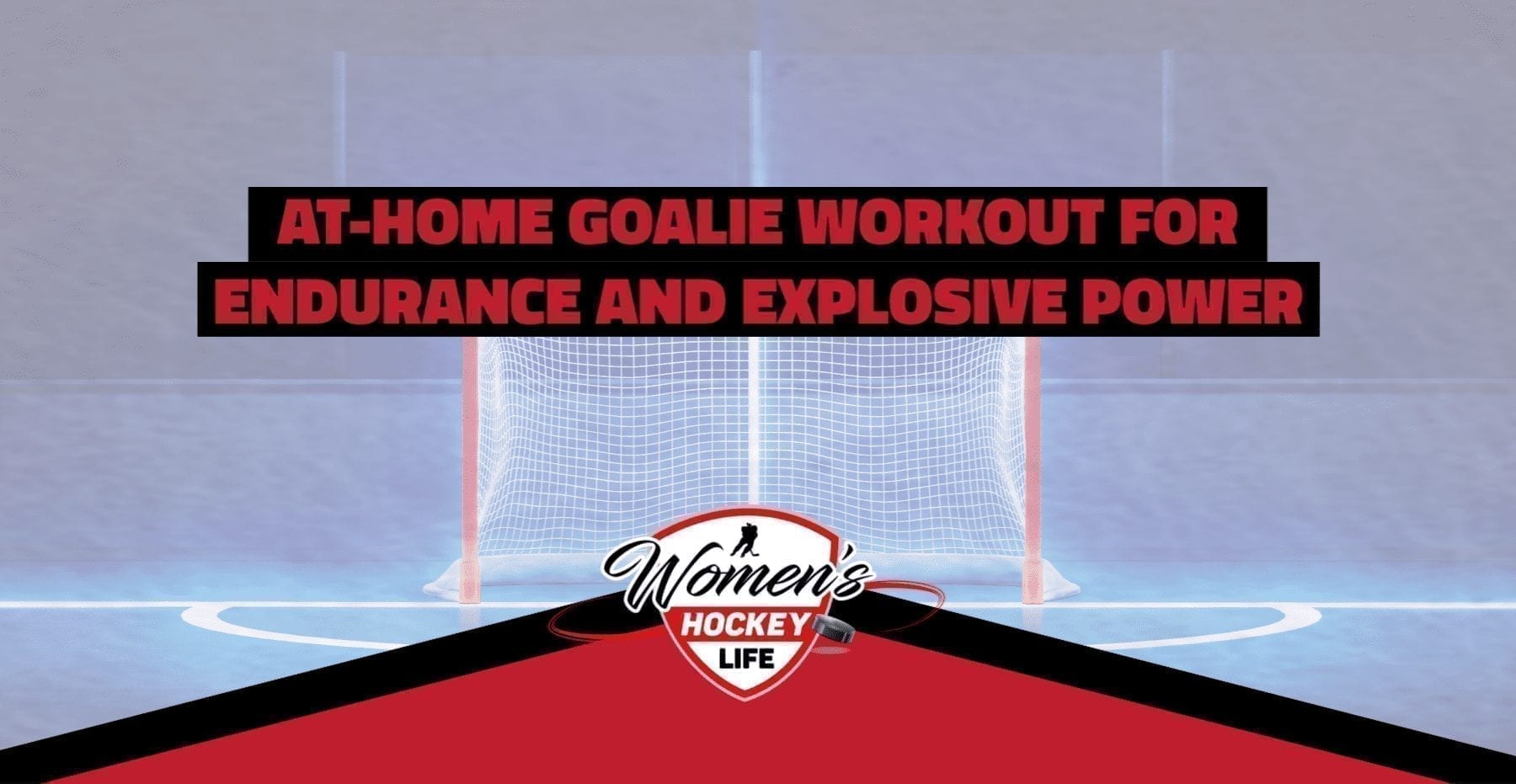To this day, the core and how to train it remains one of the most regularly questioned parts of training for most athletes. I’ve seen it butchered more times than anything else and I still see collegiate level athletes “doing abs” at the end of their workouts.
Just so we’re clear, athletes don’t “do abs”; athletes build their core to enhance performance.
Learn how, with a pre-built training program RIGHT HERE.
So, let’s waste no time and get to it. First, an explanation of what the ever-elusive “core” actually includes:
When we’re talking about core stability, I include everything from the armpits to the glutes. You need to be able to stabilize and sequence the muscles in the canister that is your torso properly and efficiently to build a more stable core. Stop thinking of your core as simply a 6-pack, especially when it comes to playing hockey.
A stronger core will decrease your risk of injury, improve your shot and skating ability and make you harder to knock off the puck. If you’re a goalie, it will tremendously improve your ability to control your movement and stay in position.
What does the core do?
For the most part, the job of the core is to resist movement. The muscles on the front, side and back of the torso that build the ring between your ribcage and your belt line are not built to be prime movers. Their job is to stabilize as you walk, run, skate, and shoot.
So why is it that we use these muscles to create movement so often in the gym with exercises like crunches, etc.?
Essentially, there are three main tenets of resistance the core provides, all working to stabilize the lumbar spine.
- Anti-Extension
- Anti Lateral Flexion
- Anti-Rotation
Uhhhh, what?
I’ll explain.
Anti Extension
Let’s start with the most simple, but also most poorly executed exercise in the gym today – the front plank.
When done wrong, you’ll see the lower back turn into more of a hammock than the rigid straight line we want. This is the lumbar spine extending, and it’s not what we want.
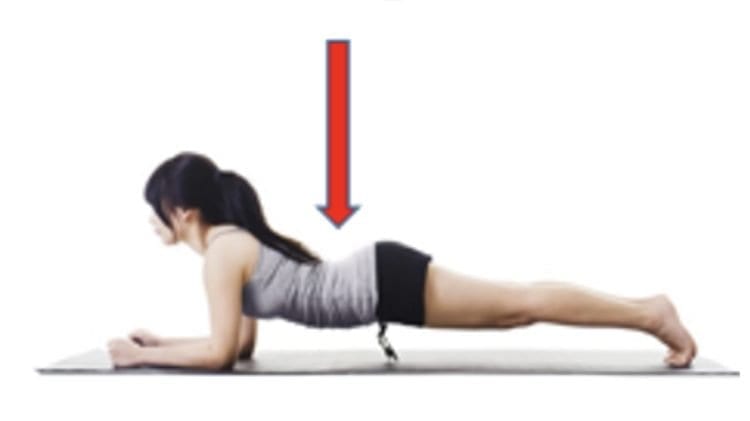
As you’ll see in many hockey players, the lumbar spine often enjoys hanging out in excessive extension, often leading to aches and soreness over time (just wait til you’re 30+). This obviously makes your butt look better, but certainly doesn’t help performance.
So, any exercise that requires you to limit lumbar extension needs to be cued properly and should be very tightly monitored.
One of my favourite anterior core (anti-extension) exercises is the RKC Plank. What’s nice about this is that it teaches maximal core engagement AND doesn’t force you to hold it for an extended period.
So, instead of hanging out in a dusty plank for minutes on end, try creating maximal tension in a perfect position for a shorter time. I often start with 10 seconds, then cut it down to 5, as this is an exercise that actually becomes more difficult the better you become at it.
Another great anti extension movement you can pop into your training is a ball rollout. This one is dynamic, meaning you have to control your core with some moving parts, so don’t try this if you haven’t first mastered the plank perfectly.
Anti Lateral Flexion
Now, let’s look at another pretty well known exercise when it comes to core training – the side plank.
Again, this movement is often butchered or under-utilized and can be crucial in rebuilding solid core stability, especially in athletes.
As I’ve said before, there is almost zero time in a hockey game when a player is on both feet, and single leg stance is constantly testing your lateral and rotary core stability. As for goalies, the ability to resist rotation and flexion in all dimensions of the spine is crucial in maintaining control around the crease.
So, we employ exercises like the side plank (coached properly), to improve this facet of the core and build a bulletproof ring around the torso.
*be sure to read the description for cues
You should feel the oblique and even the lateral hip on the bottom side working hard as you plank, along with some shoulder stability, which is never a bad thing for a hockey player.
Another, more challenging anti-lateral flexion side plank variation is the Benson Adductor Side Plank. This will challenge your oblique, lateral hip and opposite side adductor (groin). These muscles all work together in walking, running and skating strides to build stability around the hips and spine.
Once you’ve mastered this, you can even pop that top leg on a bench.
My hockey athletes love to hate that one.
Quick side note: most adductor (groin) strains are not caused by “tightness” in the groin, but rather by weakness, especially in concert with the opposite oblique, as your body will learn through these variations. The old school mentality is to stretch the groin endlessly, but where has that got us? Try strengthening and see what happens.
Anti Rotation
Now, here’s the big one that next to no one trains, or at least trains properly. What’s most important to understand here is that the hips and torso should work separately from each other. The hips should be able to stabilize while the torso rotates and vice versa.
Not many people can do that, even in a controlled setting. Imagine how much energy you’re dumping when you’re not in control of your hips during skating!?
One of my absolute favourites is the Paloff press. I prefer to coach it, especially off the start, from a half kneeling position. But, it can be levelled up to standing if need be.
There is so much going on here, it’s not even worth it to break down. Just know that, when done properly and with tension through the hips (i.e. squeeze the glute on the back leg), your body will learn to resist rotation through the lumbar spine.
Next up, a more challenging drill that can still be done with a cable column and/or band set-up – the half-kneeling chop:
We’re now adding in more of a rotary component and getting closer to a sport-specific movement. Once again, the torso needs to be in control throughout the movement with the hips staying stable (facing forward).
Finally, another favourite of mine that is often done wrong if not coached and executed with lots of intention, the wide stance anti-rotation drill.
The key here is to resist the urge to lead the rotation with your back hip. Keep the hip bones facing forward like lasers and rotate the torso on top of them.
Combinations
A core stability exercise rarely fits into one category, especially when you add progressions to it beyond the initial stages.
Take the simple paloff press, for example.
Not only are you resisting rotation, but there is also a need to resist falling towards the cable or band attachment, and the constant reminder to keep the ribcage down, adding both the anti lateral flexion and anti extension components.
Or another favourite, the suitcase carry.
In this exercise, you have load in only one hand, which makes it a lateral core stability exercise. With each step, the athlete goes into single-leg stance, which makes it a rotary core stability exercise. Finally, as is often the case with walking (especially for hockey players), one must prevent the rib cage from flying up and the pelvis from dumping forward, so you have an anterior core stability exercise as well. This example demonstrates the role of synergy among all the muscles (and fascia) around the core in achieving multidirectional core stability simultaneously.
So, as you move into playoffs and the ever-important need to stay injury free and on the ice, keep these cues and exercises in mind, including all of them in a well-rounded training program.
If you want a 6-pack for your instagram pics, you’ll train a lot different than if you want to perform well throughout the playoffs and stay injury free. Build these exercises in with others, being sure not to take away from other movements in the superset.
And never, ever again do you need to “do abs”.
In case you missed it, download the FREE IN-SEASON TRAINING PLAN HERE.
Until next time, I always welcome questions about training. I can be reached at [email protected], on Instagram @gavinmchale1 and on Facebook as Gavin McHale (I’m in the Women’s Hockey Life Community).
– Coach Gav
THANKS FOR READING!
Missed Gavin’s last article on in-season training for max performance on the ice (including a free in-season training guide)?
Read it here!
[adrotate group=”1″]
Related Articles
Categories
Recent Posts
[adrotate group=”2″]

